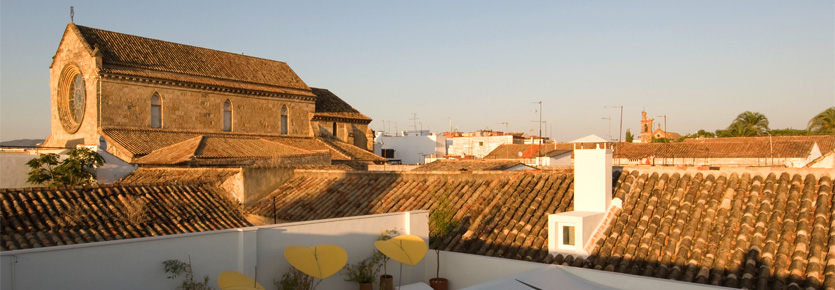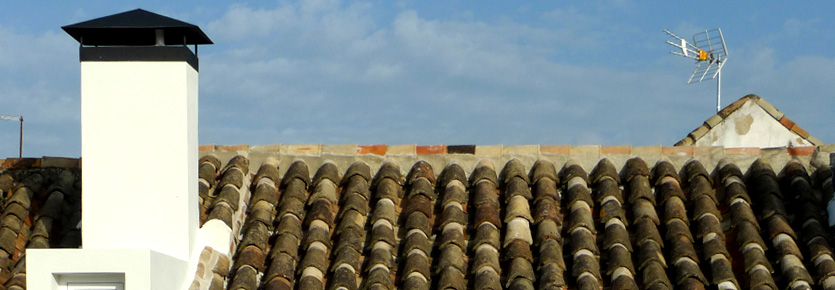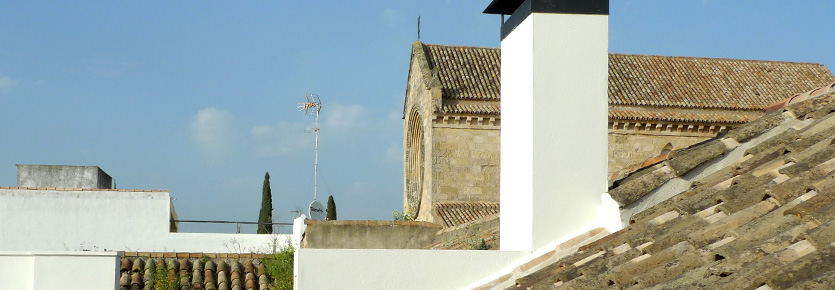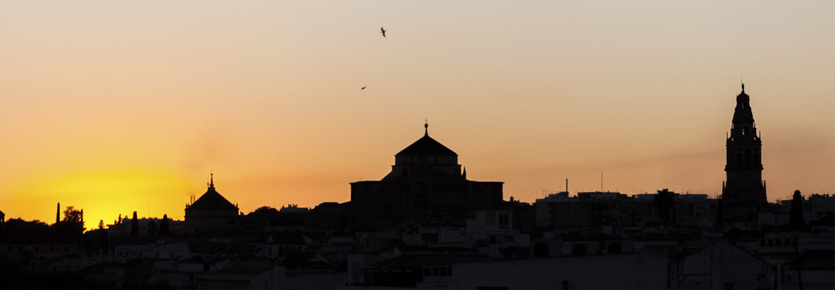So, up until this moment our Patio de los Naranjos meet every requirement to be thought of as a cloister. More so if we take into account that between the VIIIth and the XIIIth centuries the arches that are now blocked were opened and communicated directly to the main patio, thus, forming galleries at each one of its sides.
This would not be the only reason to regard the Patio de los Naranjos as a cloister. Furthermore, it is somewhat likely that this architecture technique dating the VIIIth century could have influenced later Christian constructions throughout Europe. Three centuries before the first cloisters in Europe, there were many Arab constructions that already resembled the architectonic idea behind them.
On how could this Patio could have been the canonical inspiration for Christian cloisters around Europe.
Monasteries played a key role when repopulating the newly conquered Muslim territories. Their presence takes us back to those first shrines in the mountains, apart from the world, small communities living in small monasteries during the VIth and VIIth centuries. During the active repopulating policies of the different Christian Kingdoms of Spain they begun to gain relevance for they meant a safe and stable frontier to the new settlers. Many of these first monasteries had no cloisters for they were to serve also as small fortresses in case of attacks and raids from the Muslims, many would even have a wall protecting them.
There were many monks coming from the South of Spain (many fleeing from the frequent persecutions of Christians in the Muslim side of the frontier) but there were also monks from the North eager to help the Faith. The influence the Mezquita had on the Mozarab architecture style and technique is more than noticeable: arches, carved stone, ornaments…; how could they not imitate the patio next to the temple?
During the Romanesque era and the arrival of the Cluny monks (XIth century) who were part of the San Benito order and observers of its good ruling, monasteries became much more important. The monastery gained new dimensions, they were built in a new fashion: bigger. The Monastery of Santo Domingo de Silos’s cloister must have been built between the second half of the XIth and the XIIth centuries and as of today is the oldest Cloister in Spain.
One of the most important documents of the time was the Saint Gall map, sketched on a scroll and considered as the oldest architectural map known to mankind. It is preserved in the Library of Saint Gall province in Switzerland. Thanks to that map we can reconstruct how monks built the monastery. The map was made around the year 829, some fifty years after the Mezquita was finished. We can reconstruct the idea behind the monastery project as a tiny city, designed to be self-sufficient. The complex was built around a central church and a square cloister at its south side, were daily life would take place.
This is the oldest known reference to a Christian cloister. But were could they have seen a similar structure that would have also served as center of social and community life. Well, I can think of no other place than the Patio de los Naranjos in Córdoba.

Patio and University.
Another interesting coincidence: the Patio de los Naranjos is one of the first madrasas (Islamic universities). Universities did not exist within the Islamic world at first. The origin of madrasas can be traced to the habit of meeting at the mosques to argue about religious ideas. The Qarawiyyin Madrasa in Fez, is considered the oldest one, being founded in 859. I am considering that emigration from the Córdoba caliphate some 40 years before that, due to civil war, would have helped this first madrasa to be born.
After the Reconquista mozarab architecture would spread throughout the peninsula. Mozarab style and techniques would adapt the Muslim world to the Christian one. It is not the speculation of a mad man to think that church cloisters and then university cloisters would resemble in a way this Patio de los Naranjos.
So the circle closes again leading us to the Patio de los Naranjos, for we have not only more than a thousand words in Spanish adopted from the Arab but we also adopted many of their construction systems and techniques. So, the first cloister in Europe was the Patio de los Naranjos.

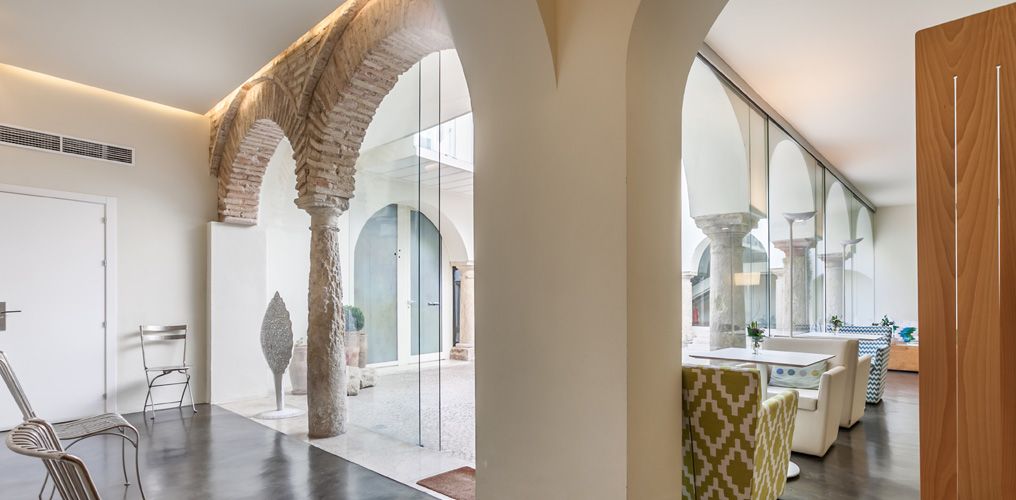
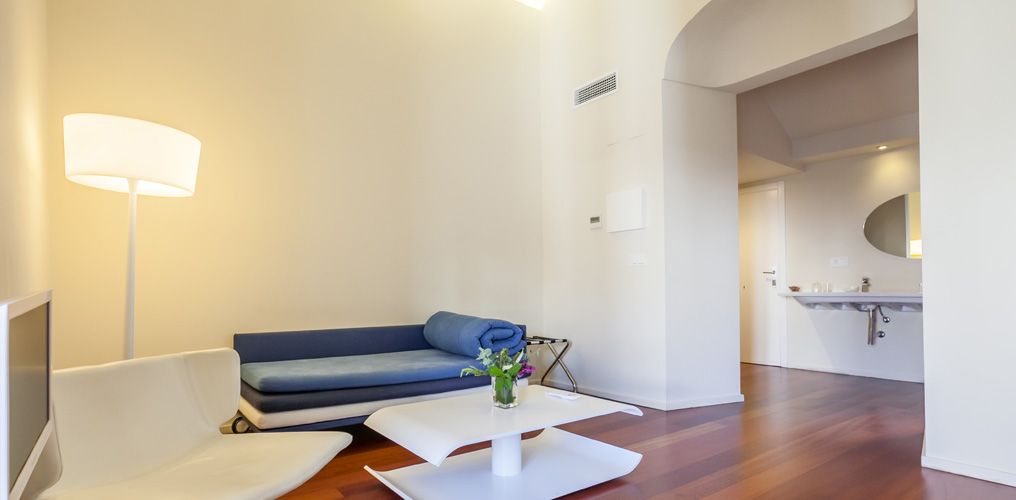
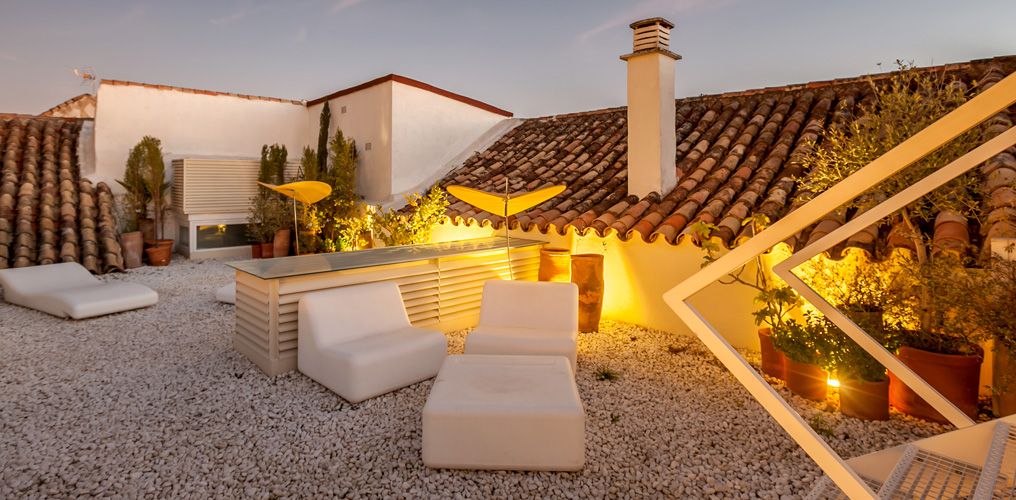

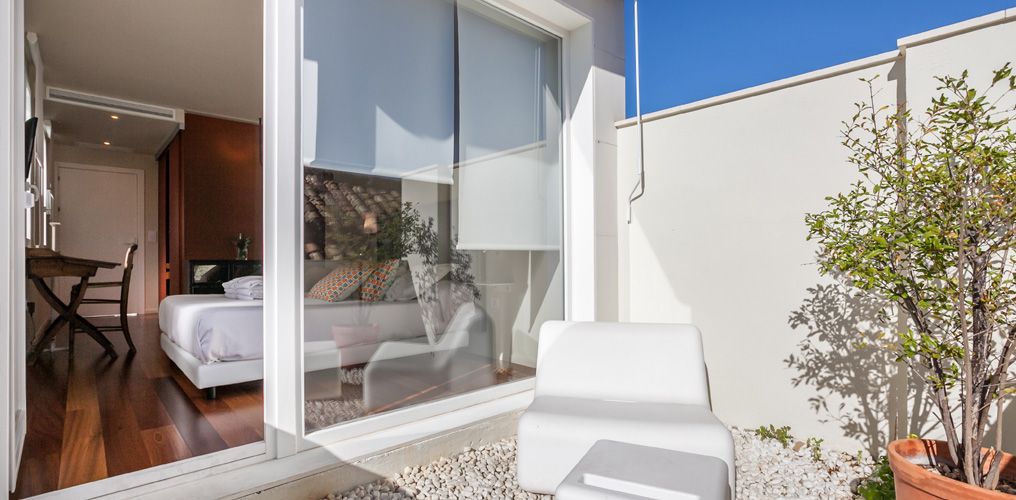

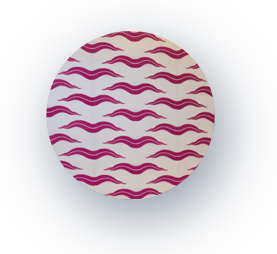



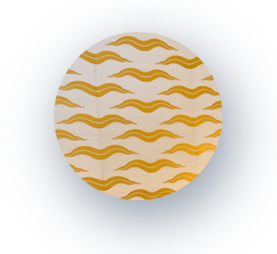
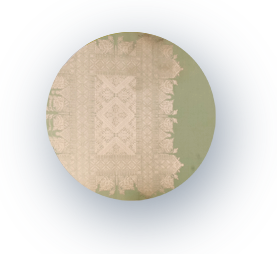

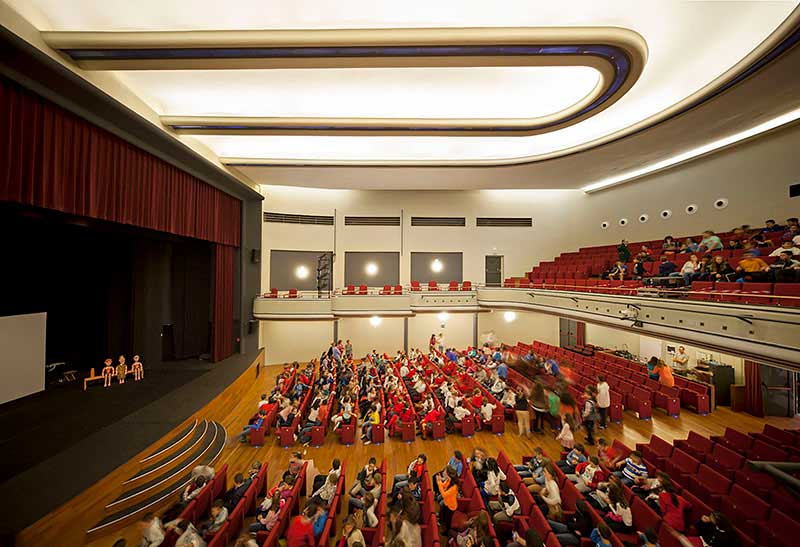

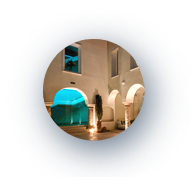


 perfect stay in cordoba. Beautiful quite place in centre of Cordoba with very gentle, even "zen" owner. Design hotel room Excellent "fresh" breakfast Private parking space nearby. All you need for a beautiful stay in Cordoba!
perfect stay in cordoba. Beautiful quite place in centre of Cordoba with very gentle, even "zen" owner. Design hotel room Excellent "fresh" breakfast Private parking space nearby. All you need for a beautiful stay in Cordoba! Cordoba merece un hotel como este. Maravilloso trabajo de rehabilitación para conseguir un espacio único y muy agradable...acogedor...bien climatizado y con espacios higiénicos muy modernos y cómodos. ...buena ubicación y un trato muy simpatico
Cordoba merece un hotel como este. Maravilloso trabajo de rehabilitación para conseguir un espacio único y muy agradable...acogedor...bien climatizado y con espacios higiénicos muy modernos y cómodos. ...buena ubicación y un trato muy simpatico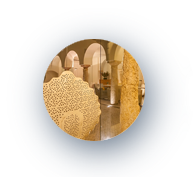



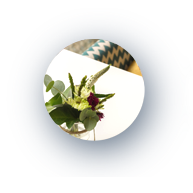

 kleines, tolles hotel. Ganz persönlich geführtes Hotel, in einem historischen Gebäude modern interpretiert. Sehr geschmackvoll, sauber und ruhig. Zu erwähnen ist das gesamte Personal, welches bei Empfehlungen für Restaurants und anderen Fragen immer tolle Tipps gegeben haben. Die Zimmer sind sehr unterschiedlich. Wir hatten ein sehr kleines, kuscheliges Zimmer im 1. Stock. Für drei Nächte völlig ausreichend. Bei Temperaturen um 40 Grad haben wir die kleine Dach-Terrasse leider nicht genießen können, sonst ein toller Ort, um mal zu relaxen. Alles in allem ein schöner Aufenthalt. Danke an Carmen , Gerardo und sein Team!
kleines, tolles hotel. Ganz persönlich geführtes Hotel, in einem historischen Gebäude modern interpretiert. Sehr geschmackvoll, sauber und ruhig. Zu erwähnen ist das gesamte Personal, welches bei Empfehlungen für Restaurants und anderen Fragen immer tolle Tipps gegeben haben. Die Zimmer sind sehr unterschiedlich. Wir hatten ein sehr kleines, kuscheliges Zimmer im 1. Stock. Für drei Nächte völlig ausreichend. Bei Temperaturen um 40 Grad haben wir die kleine Dach-Terrasse leider nicht genießen können, sonst ein toller Ort, um mal zu relaxen. Alles in allem ein schöner Aufenthalt. Danke an Carmen , Gerardo und sein Team!


